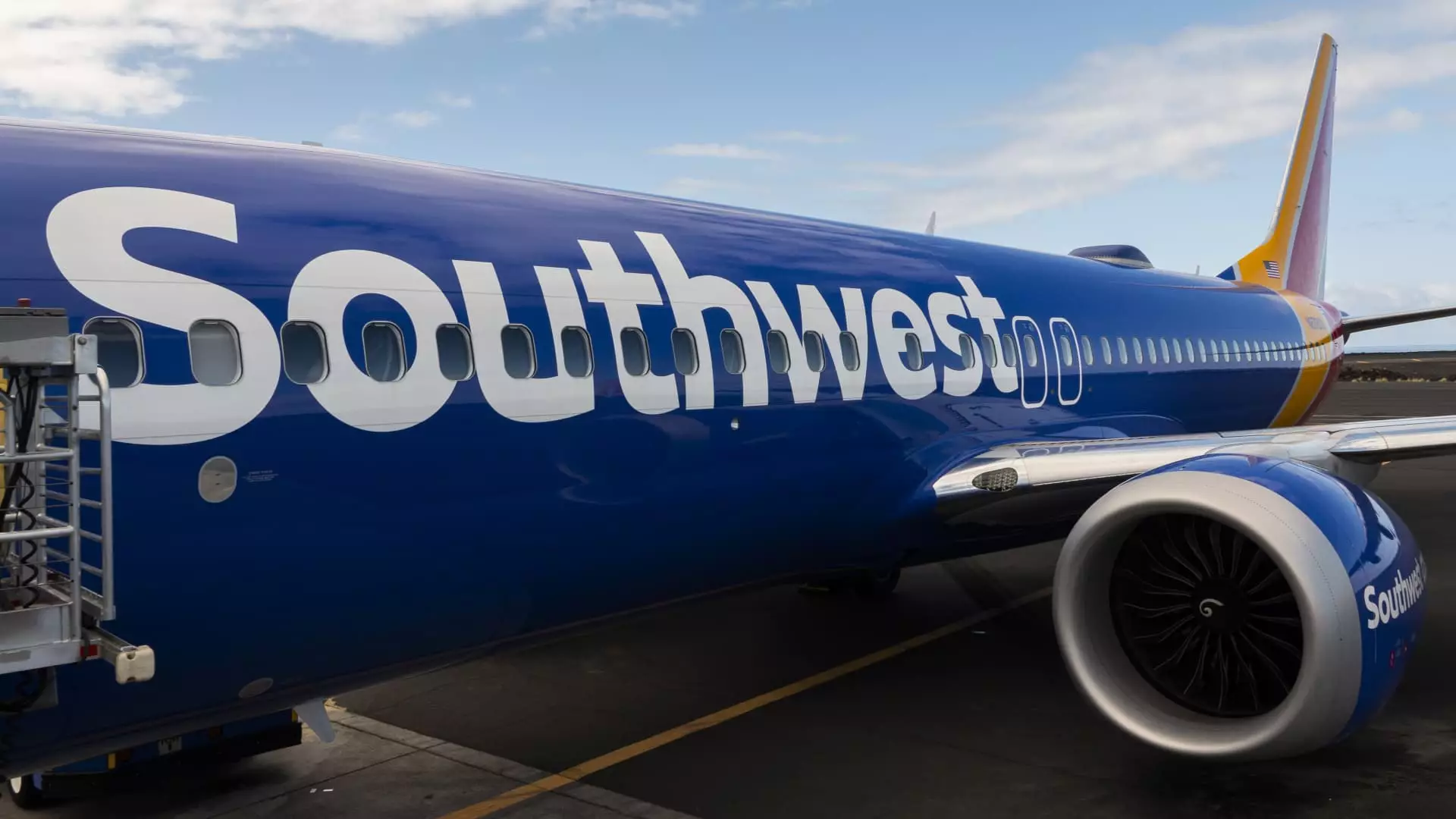Southwest Airlines faced a rough start when its shares dropped by about 4% in premarket trading on Wednesday due to a revision in its second-quarter revenue forecast. The carrier pointed towards shifting booking patterns as the reason behind this downward revision. The airline now anticipates a decline of 4% to 4.5% in revenue per available seat mile in the second quarter as compared to the same period last year, a significant difference from their initial estimate of a 1.5% to 3.5% decrease.
Increased Unit Expenses
Adding to the airline’s challenges, Southwest also revealed that its unit expenses, excluding fuel costs, are expected to rise by up to 7.5% from the previous year. This comes as a surprise, as the airline had initially predicted no change in these expenses. Furthermore, Southwest announced that its capacity would now see an increase of up to 9%, a stark contrast to the flat growth it had earlier projected.
Industry Challenges
Southwest Airlines is just one among many carriers grappling with the dual challenges of escalating costs and expanding capacity. Despite recording a surge in the number of passengers, airlines are facing a squeeze on their profitability due to the rise in expenses and the pressure on fares. The industry as a whole is witnessing significant shifts in booking patterns and passenger preferences, forcing airlines to adapt swiftly to these changing dynamics.
The turbulent situation at Southwest Airlines has attracted the attention of activist investors like hedge fund Elliott Management, which has been pushing for a change in leadership. The fund has called for the replacement of CEO Bob Jordan and Chairman Gary Kelly, citing the company’s underperformance in recent times. While Southwest remains confident in its current leadership team and their strategic direction, the pressure from investors highlights the need for a reevaluation of the company’s business approach.
In response to the evolving market conditions, Southwest Airlines is considering various revenue initiatives such as introducing seating assignments or premium seating options. These potential changes represent a departure from the airline’s traditional business model, which has proven successful for the past fifty years. CEO Bob Jordan emphasized the importance of adapting to customers’ evolving needs, indicating a willingness to explore new avenues for revenue generation.
Overall, Southwest Airlines’ struggles with its revenue forecast highlight the challenges faced by the aviation industry in a rapidly changing landscape. By addressing the complexities of shifting booking patterns and exploring innovative revenue strategies, the airline aims to navigate through these turbulent times and emerge stronger in the competitive market.

